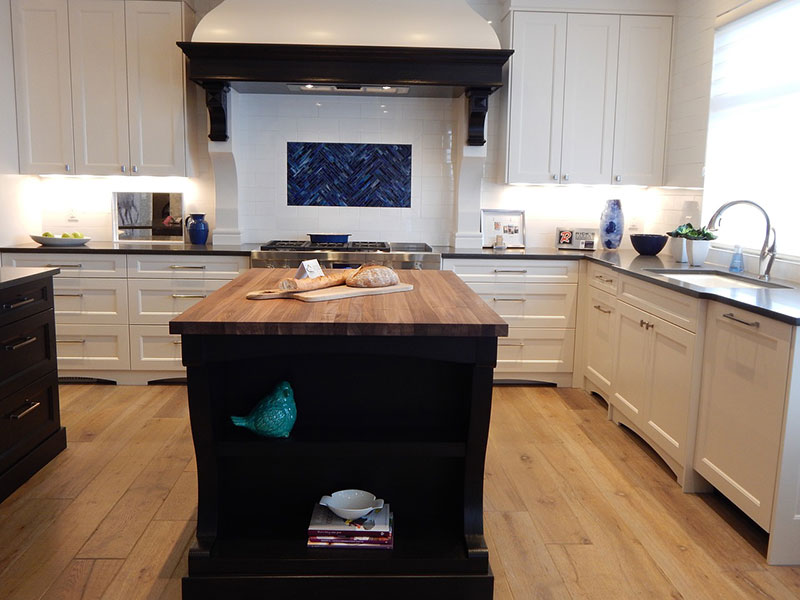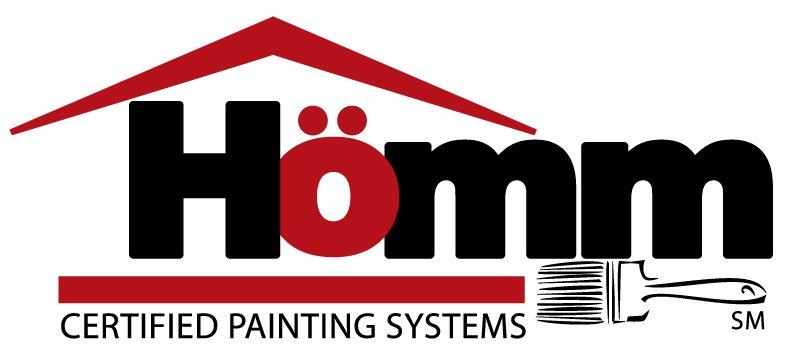There’s nothing quite like the satisfaction of stepping back and admiring your own handiwork. Particularly when it comes to those essential home improvements, the sense of accomplishment that accompanies a job well done is something else.
Unfortunately, there’s also nothing quite like the frustration of stepping back, admiring your handiwork and realizing you’ve made a complete hash of things. Something millions of ambitious homeowners will be more than familiar with.
On the surface, painting your kitchen cabinets probably comes across as one of the easiest DIY jobs to tackle. They’re not exactly huge, disruption can be kept to an absolute minimum and you’ve already got the equipment you need somewhere in the garage. So it all seems like something of a no brainer…or so you thought.

Truth is, there are several very common mistakes that can scupper your cabinet painting project with impressive efficiency. So if you’re planning to paint your cabinets at some point in the near future, sidestep the following rookie errors and you’re far more likely to be happy with the result:
Leaving The Drawers And Doors In Place
First up, the number one-rule when it comes to painting kitchen cabinets is to take everything to bits before getting started. You’d be forgiven for thinking that in order to save time and effort, it would make sense to paint your doors and drawers where they are right now. In reality, attempting to paint kitchen cabinets that are still attached means making the job infinitely more difficult than it needs to be. Not to mention, compromising the quality of the result in the process. It really shouldn’t be difficult to remove the drawers, doors, fittings, hinges and handles before getting busy with the painting. Trust us when we say, you’ll be glad you did.
Failing To Prepare The Surface
The importance of surface preparation cannot be overstated – particularly when painting kitchen cabinets. In this instance, preparation means removing any cracked or damaged paint from the surface of your cabinets, using sandpaper to create a slightly rough surface for the primer to adhere to. You cannot and will not get the job done by simply painting over the existing surface. Don’t get too carried away with the sanding as you may damage the surface of the wood. If in any doubt, you might want to ask the experts to lend a hand, in order to avoid wreaking havoc on your otherwise pristine kitchen.
Not Tinting The Primer
This isn’t necessarily a mistake, given the way in which it’s technically optional. Nevertheless, tinting the primer you use by adding just a small amount of the final color can be a great way of maximizing the quality of the result. While at the same time, potentially reducing the number of coats you need to apply. Don’t get carried away and compromise the quality or performance of the primer – just a small amount of the final color you intend to use can be enough to give it a hint of color.
Not Getting Rid Of Dust
During the sanding stage of the process, it’s inevitable that you’ll create a somewhat impressive surplus of dust and debris. The problem being that said dust and debris only stand to cause you a world of problems, when applying both the primer and the final paint. Keeping a close eye on how clean and dust-free things are at all times should be given total priority from start to finish. If there’s even a residual amount of dust or dirt on the surface, you’ll find yourself fighting a losing battle.
Failing To Admit Defeat
Last up, if you have any concerns whatsoever regarding your capacity to get the job done, it probably isn’t worth taking chances in the first place. Particularly when considering the costs of the equipment, paints and primer you’ll be needing, it’s perfectly possible that you could save money by hiring help. If not, it costs nothing to arrange an obligation-free quotation, so there’s nothing to lose by finding out!
For more information on any of our services or to discuss your requirements in more detail, contact a member of the team at Homm CPS today.
